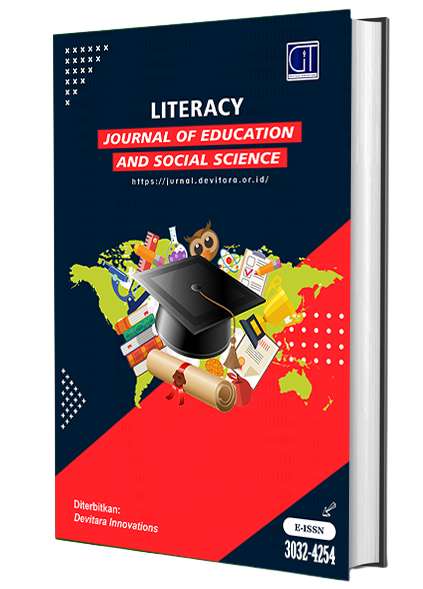Development Of Computer-Based Photoshop Learning Media Using Computer Based Interaction Method
Keywords:
Learning, Media, CBIAbstract
Advances in communication and information technology need to be continuously adapted to various disciplines, including education. Nowadays, Photoshop is one of the most widely used editing software by designers to produce quality images. Factors that influence efforts to improve users' Photoshop learning abilities include teacher competence, learning facilities, learning environment, user learning motivation, and learning models used. To support Photoshop learning, it is necessary to design an attractive learning media. Computer-Based Instruction is one of the techniques commonly used to create a learning application, CBI is usually used for making interesting designs that apply human-computer interaction and how learning materials are made. And it can help users understand and further increase user enthusiasm and motivation to learn Photoshop. Macromedia Flash is a program used to design a learning application that describes the learning storyline. Photoshop CS 3 tutorial is designed using Macromedia Flash 8 which can be easily understood by users in the learning process.
References
P. Freedman, “Doing Research in Business and Management: An Introduction to Process and Method,” Management Learning. 2000.
S. L. Beckman and M. Barry, “Innovation as a learning process: Embedding design thinking,” California Management Review. 2007.
M. Bloch, J. Lave, and E. Wenger, “Situated Learning: Legitimate Peripheral Participation.,” Man, 1994.
E. H. J. Yew and K. Goh, “Problem-Based Learning: An Overview of its Process and Impact on Learning,” Heal. Prof. Educ., 2016.
A. C. Corbett, “Experiential learning within the process of opportunity identification and exploitation,” Entrep. Theory Pract., 2005.
P. Barita et al., “PROTOTYPES OF LEARNING PHYSICS USING COMPUTER,” vol. 7, no. 2, pp. 7–10, 2019.
M. Julyus, F. Sirat, B. Nadeak, I. Engineering, S. Program, and A. Info, “JURNAL SCIENTIA , Volume 8 No 2 August 2019 ISSN 2302-0059 JURNAL SCIENTIA , Volume 8 No 2 August 2019 ISSN 2302-0059,” vol. 8, no. 2, pp. 2–8, 2019.
I. Y. Pertiwi et al., “STUDENT DIFFICULTY ANALYSIS IN COMPLETING TRIANGLE PROBLEMS AFTER COOPERATIVE LEARNING,” vol. 7, no. 2, pp. 7–11, 2019.
N. Sudantary et al., “THE APPLICATION OF GROUP WORK IN CLASSROOM INTERACTIONS OF TEACHING READING,” vol. 7, no. 2, pp. 6–11, 2019.
A. Henderson, “Interaction design: beyond human-computer interaction,” Ubiquity, 2002.
J. Lazar, J. H. Feng, and H. Hochheiser, Research Methods in Human-Computer Interaction. 2017.
A. Jaimes and N. Sebe, “Multimodal human-computer interaction: A survey,” Comput. Vis. Image Underst., 2007.
S. S. Rautaray and A. Agrawal, “Vision based hand gesture recognition for human computer interaction: a survey,” Artif. Intell. Rev., 2012.
B. S. Riggan, W. E. Snyder, and C. Wang, “Human-computer interaction,” in SpringerBriefs in Computer Science, 2014.
A. Bulling and H. Gellersen, “Toward mobile eye-based human-computer interaction,” IEEE Pervasive Comput., 2010.
M. Ahissar and S. Hochstein, “The reverse hierarchy theory of visual perceptual learning,” Trends Cogn. Sci., 2004.
C. Sutton and A. McCallum, “An introduction to conditional random fields,” Found. Trends Mach. Learn., 2011.
M. Stolle and D. Precup, “Learning options in reinforcement learning,” in Lecture Notes in Computer Science (including subseries Lecture Notes in Artificial Intelligence and Lecture Notes in Bioinformatics), 2002.
S. Billett, “Workplace participatory practices: Conceptualising workplaces as learning environments,” J. Work. Learn., 2004.













